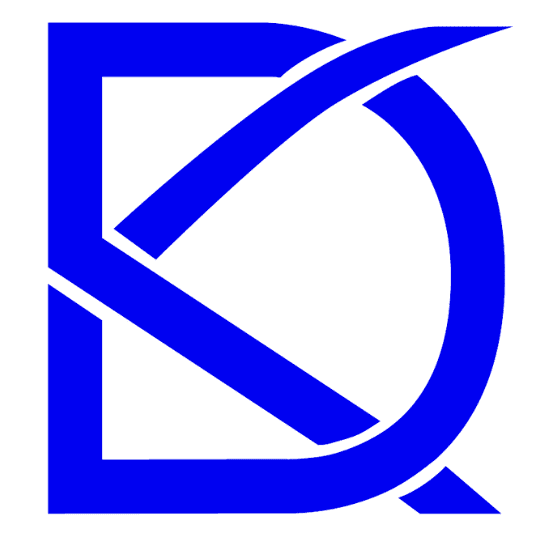Discover how the FUEL coaching model helps leaders spark clarity and lasting growth in just four simple steps.
Have you ever noticed that the best conversations — the ones that unlock clarity, spark action, and deepen trust — don’t happen by accident?
They happen when a leader shows up with curiosity, focus, and structure.
That’s the power of the FUEL coaching model — a simple, evidence-based framework developed by John Zenger and Kathleen Stinnett in The Extraordinary Coach: How the Best Leaders Help Others Grow.
FUEL helps leaders and coaches guide meaningful, productive conversations that fuel clarity and performance every day.
What Is the FUEL Coaching Model?
The FUEL model provides a four-step roadmap for guiding high-impact conversations:
- Frame the Conversation
- Understand the Current State
- Explore the Desired State
- Lay Out a Success Plan
Each step builds alignment, accountability, and momentum — turning dialogue into development.
F – Frame the Conversation
Framing sets the tone. It’s about creating psychological safety and defining purpose without prescribing outcomes.
Example:
“Let’s take a few minutes to look at what’s been challenging and how we can move it forward.”
When people understand the why, their brains shift from defense to discovery.
Neuroscience shows that clear framing calms the amygdala and activates the prefrontal cortex — boosting focus and creativity.
In practice:
Agree on the purpose and goal of the discussion.
Clarify what success looks like.
Set a tone of curiosity, not critique.
U – Understand the Current State
Growth begins with awareness.
Before solving anything, leaders must help others see what’s really happening — the facts, feelings, and assumptions underneath the surface.
Ask open questions like:
“What’s working well right now?”
“What’s getting in the way?”
“What have you already tried?”
Listening deeply builds clarity and reduces bias. It helps people think about their own thinking — a core of emotional intelligence and leadership agility.
In practice:
Listen for emotion as much as logic.
Reflect back what you hear.
Separate fact from story.
E – Explore the Desired State
This is where the energy shifts.
Once understanding is clear, invite imagination and possibility.
Ask:
“If things were working perfectly, what would that look like?”
“What would success feel like for you?”
“What opportunity do you see here?”
When people envision what’s possible, the brain releases dopamine — activating motivation and curiosity.
That’s where inspiration becomes direction.
In practice:
Encourage vivid, specific visioning.
Connect goals to purpose and values.
Stay with the “what if” questions long enough to spark insight.
L – Lay Out a Success Plan
Now, it’s time to move from ideas to action.
This is where clarity meets accountability.
Ask:
“What’s one step you can take this week?”
“What will help you stay on track?”
“How will you measure progress?”
Small, consistent actions create reward loops in the brain — each win builds momentum and motivation.
When leaders co-design plans instead of dictating them, ownership and confidence rise.
In practice:
Co-create next steps, don’t prescribe.
Identify supports and potential obstacles.
Schedule follow-ups to track progress and celebrate wins.
Why the FUEL Model Works
The FUEL model blends neuroscience, psychology, and leadership science to make growth practical.
It engages both the emotional and rational brain — balancing safety and challenge.
It builds trust, autonomy, and sustained performance without micromanagement.
When leaders use FUEL, they stop managing tasks and start growing people.
How to Apply FUEL Daily
You don’t need an hour-long coaching session to use FUEL.
Try it in your next one-on-one:
- Frame: “Let’s take five minutes to check in on this project.”
- Understand: “What’s been working best so far?”
- Explore: “If this went perfectly, what would success look like?”
- Lay Out: “What’s your next small step?”
You’ll notice the energy shift — from stress to clarity, from confusion to direction.
Final Reflection
Growth doesn’t always require grand reinvention — just the right FUEL at the right moment.
This week, try using FUEL in one conversation.
Start by framing, listen deeply, explore possibility, and co-create action.
Watch how the conversation changes.
Because clarity precedes progress — and great leadership begins with great conversations.
If you’re a leader or business owner looking to bring more clarity, focus, and growth to your team —
Book a Free Clarity Call with Dave Koshinz
#LeadershipDevelopment #ExecutiveCoaching #BusinessCoaching #FUELModel #LeadershipGrowth #ClarityCoach #LeadWithPurpose #LeadershipSkills #CoachingFramework #GrowthMindset

